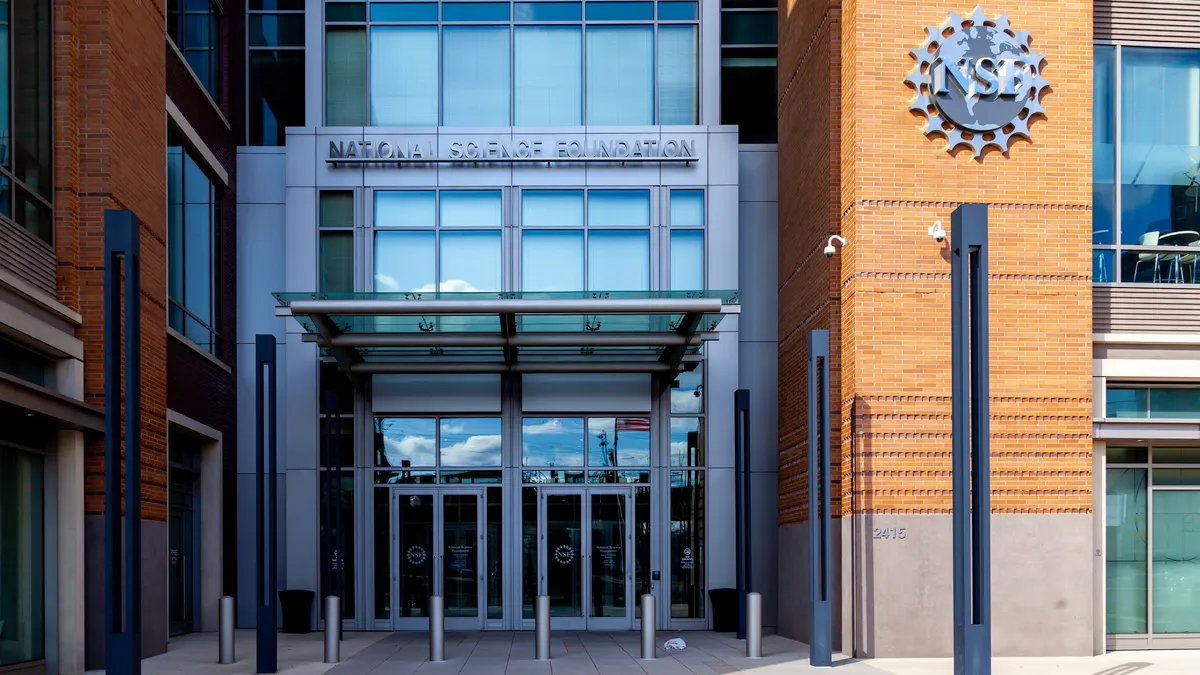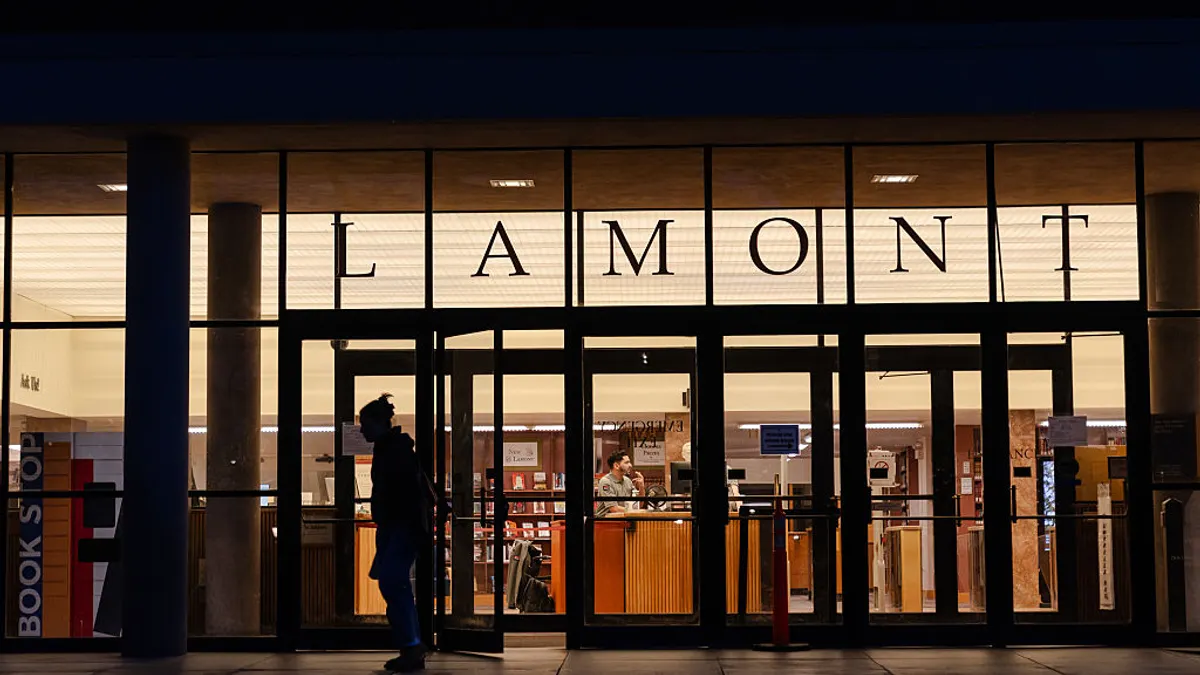Dive Brief:
- The Federal Work-Study (FWS) program, and proposals to overhaul it, don't go far enough to rethink the challenge of tying hours worked to financial aid received for participating students, according to a new paper from the Urban Institute's Center on Education and Data Policy.
- In it, Sandy Baum, a nonresident fellow, suggests revising the formula for allocating FWS funds across institutions to ensure they are distributed more equitably, as well as reorienting the program's mission around helping colleges offer relevant work experience rather than merely being a conduit for financial aid in exchange for work.
- She recommends the federal government provide "incentives and well-targeted resources" to colleges for FWS programs that give students the income they require through jobs that "improve their on-campus learning experiences and their postcollege employment opportunities."
Dive Insight:
"In the face of increasing evidence about the importance of in-school work experience compatible with students' educational programs," Baum writes, "it is time to rethink the federal government's strategy for supporting student employment."
The FWS program was designed to help colleges give low-income students work experience in exchange for help paying for college. However, she notes, data show FWS funds are disproportionately allocated to students with higher family incomes. About one-fifth of FWS funds in the 2016-17 academic year went to students whose families had incomes of $80,000 or more, and another 11% reported between $60,000 and $79,999 in annual earnings.
Additionally, a larger share of students at private nonprofit four-year colleges (16%) participated in FWS compared to public four-year colleges (5%), despite the latter having a greater proportion of Pell Grant recipients. (That could partly be due to the private college's higher listed cost.)
What's more, not all funds the federal government passes to colleges for FWS programs reach students. A small percentage is eaten up by administrative and other expenses. "The institutions (or alternative employers) are receiving a subsidy, but the students are not," Baum writes.
Lawmakers on both sides of the aisle have proposed modifications to the FWS program in recent years, and more recently the White House's fiscal year 2020 budget blueprint indicates a desire to realign the program around "workforce and career-oriented training." Yet, Baum explains, such proposals don't fully overhaul the structure of FWS and still treat it as a means through which the federal government trades financial aid for work experience.
That might not be the kind of work students need or want. About one-quarter of full-time students also work full-time, according to data from the Georgetown University Center on Education and the Workforce, while 40% of undergraduates and 76% of graduate students work 30 hours per week or more.
"Counting earnings from work in the financial aid packages that are supposed to help students meet their expenses diminishes their options for supplementing their budgets with earnings," she writes, limiting the hours they can work and the rate they can earn. That can be particularly challenging for students who have financial needs beyond their own cost of attendance, such as supporting family members.
She recommends three goals for a work-study program: increasing job opportunities, particularly in regions where they are scarce; providing on-campus employment for students; and offering part-time work that "strengthens marketable skills."
Other recent reports have connected the idea of strengthening the FWS program to improving student outcomes, such as by making the jobs students are placed in more career-oriented.
A report earlier this month from NASPA-Student Affairs Administrators in Higher Education suggests that when designed well, these programs can help students earn necessary income while also learning skills for their desired careers and forging connections to the campus, peers and professionals in their field. It also suggests treating the FWS selection process like a job interview, helping with the career-readiness objective and giving institutions more opportunities to capture data about the experience.
Correction: An earlier version of this article misstated the share of Federal Work-Study funds allocated to students. We regret the error.







